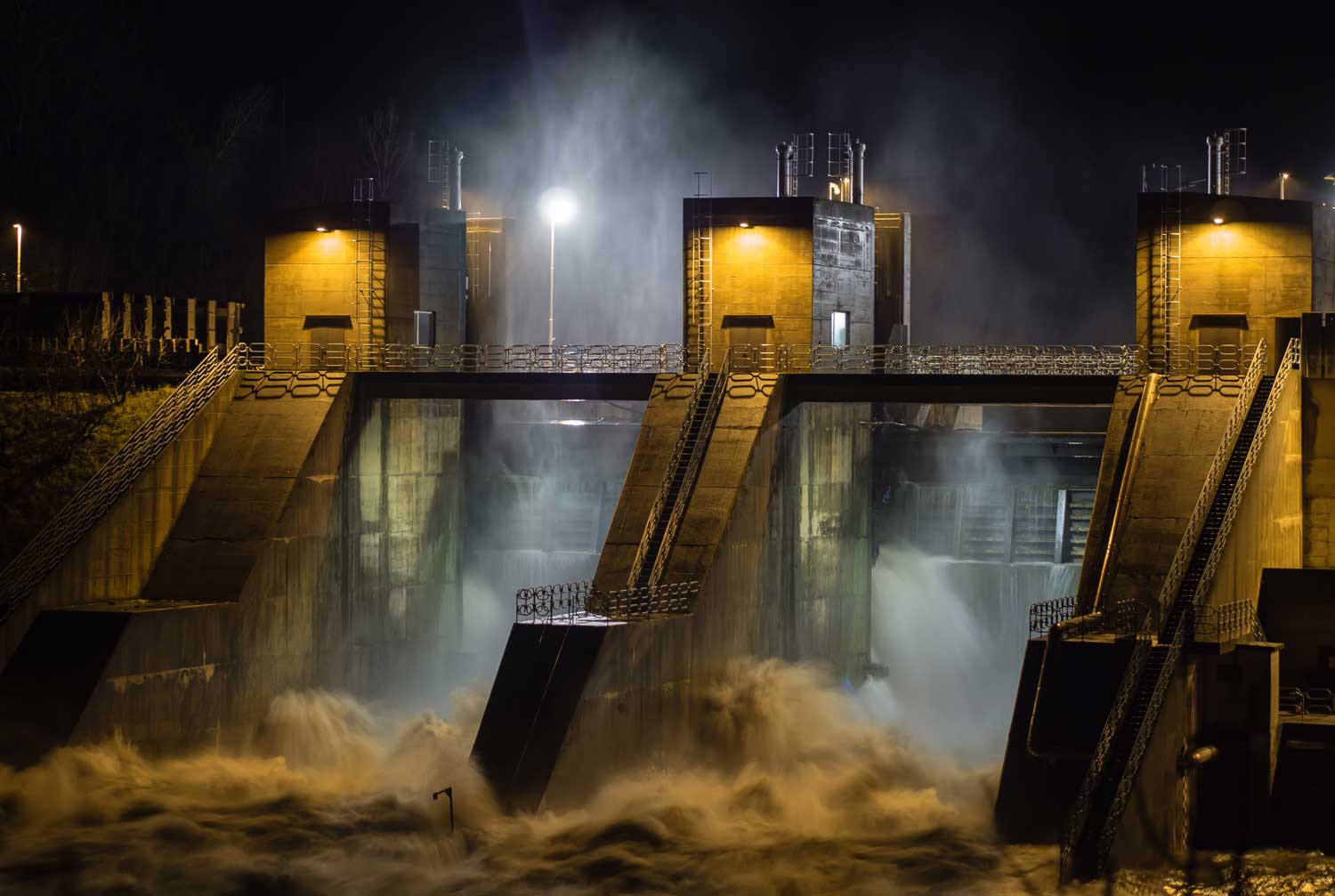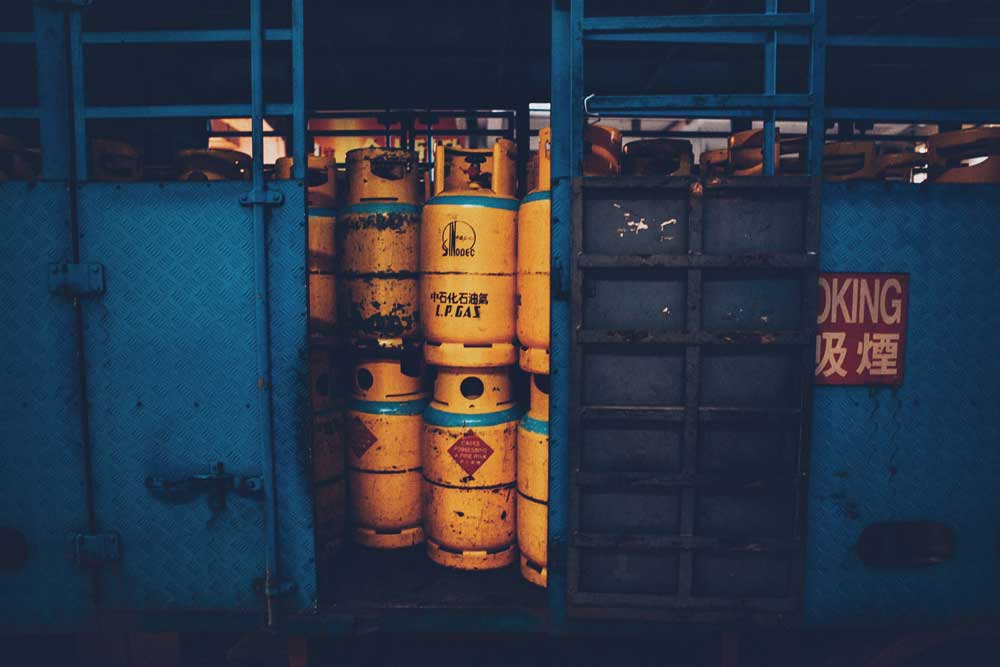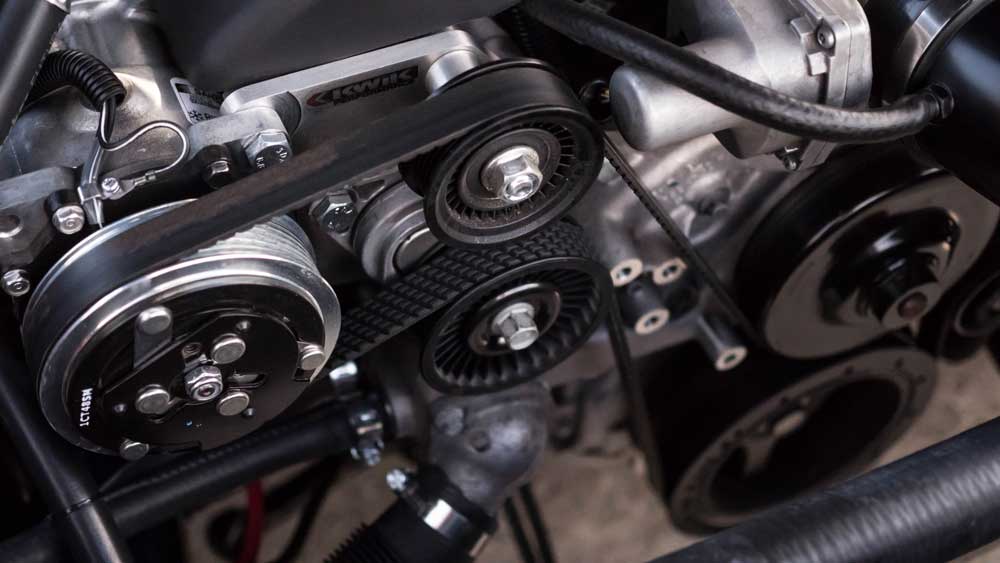Blog
What causes the WWTP's overload and how to solve this problem?
Read important information about the consequences of overloading of WWTP's and possible solutions to these situations.

If you have trouble with overloaded WWTP, lack of oxygen in the system, or deterioration in outflow parameters, this article is for you. It might also help with overloaded communal and industrial sewage treatment plants. I will focus on the consequences of congestion and I will also offer you several possible solutions to this problem.
For the sake of completeness of information, in this article overloading will mean an increase in organic pollution and the volume of wastewater at the inlet of the WWTP.
Consequences of congestion
Overloading can occur in the following three ways:
-
Degraded parameters at an outlet from WWTP (chemical consumption of oxygen - COD, insoluble matter, total nitrogen and phosphorus and others).
-
Decrease of oxygen level in the system or beyond-standard increase in blower power due to the need for more air. To keep the system oxygen concentration safe (about 2 mg / l), the blower must supply more air because more oxygen is used to remove increased organic pollution.
-
Because the system may lack oxygen or nutrients (nitrogen, phosphorus, and others), processes may not work properly. This may also be an increase in fibrous microorganisms in the sludge which causes deteriorated sedimentation properties in the sedimentation tank.
Causes of WWTP overload
Causes of overloading may be different:
-
the industrial company has been connected to the public sewer
-
the village/town is growing, so the population is also growing
-
the production and therefore the volume and / or concentration of wastewater has increased in the factory
-
the factory suddenly launched a large number of organic substances (for example, waster products)
-
someone abruptly drains wastewater into sewerage system (possibly illegally)

Whatever the cause, it is necessary to take measures to deal with this condition. Let's look at some solutions.
Available solutions for congestion of WWTPs
1. Buffer tank
If the inflow is exceeded only at certain times of the day, and if problems are present, it is possible to cope with this problem by inclusion of the buffer tnk into the system. The buffer tank will serve to capture excess wastewater and discharge it at a time when the flow volume will be smaller (for example, at night).
As a buffer tank an existing unused tank may be used or a new one can be built.
2. Increasing oxygen concentration
If there is a problem with a deficient oxygen concentration, several measures need to be considered.
Buffer tank can also help in this situation as it eliminates the areas with the greatest load and therefore the greatest need for oxygen. If the blowers are older and had no regular service in the past, less efficient machine operation is also considered. This could be solved by the blower maintenance.

It is also necessary to check and then calibrate the oxygen probe if it functioned incorrectly. It could be damaged during the period of operation, became dirty, waterstone layer was formed, etc.
Better distribution of oxygen can be reached by cleaning of the air distribution system with a diluted muriatic acd or a weak organic acid solution. This ensures the removal of pollutants in the pores of the elements from the water or air side of the membranes.
It is also necessary to monitor the uniform distribution of air throughout. It happens that some of the rubber membranes of the elements of the distribution system are damaged, burst or completely tear. In that case, they need to be replaced.
If all this has been done, it is still possible to try to increase the amount of aeration elements at the bottom of the tank. This, however, is often prevented by the tank's surface, and thus remains the last possibility of replacing the blower with one with higher power.
3. The amount of micro-organisms
If the system is overloaded with a high concentration of organic matter, it is possible to increase the amount of sludge (sludge concentration) in the activation that will remove the organic matter.
In this case, care should be taken to ensure that an increased number of microorganisms are also provided with the oxygen necessary for their proper functioning.

The second essential thing is the minimum amount of air needed to mix the suspension. Since the liquid with higher amounts of sludge is more difficult to mix, it is necessary to verify the capacity of the blower to mix such a mixture. In most cases, however, this is not a problem.
The volume of air required to provide oxygen for the bacteria is greater than the amount needed to mix the mixture.
Conclusion
It is good news that not every state of overload must be automatically inevitably solved only by new construction or expansion of the WWTP. Similar issues will be clearly addressed in the next blog articles.
If you do not know what solution would be ideal for your facility, we'd be happy to advise you.

Author: Ing. Matúš Palguta, chemical technologist
More articles
Potato processing industry also requires waste water treatment
One of the biggest potatoes-processors in the Czech Republic has decided to invest effort into its wastewater treatment. The key project idea was to...
How to revive water? FAQ about wastewater treatment
Both too high and too low temperatures have adverse effects on wastewater treatment. So, what is the ideal temperature? Where are the sources of...
